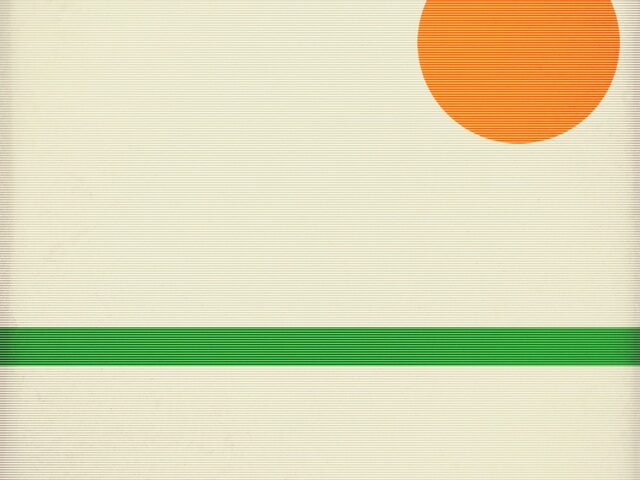The most common concern I get from inexperienced guitar players is how to shift between guitar chords quicker so there are no missed beats. Many college students come asking this question to experts, who provide assignment writing services and paper writing service , seeking an answer to how to smoothly change guitar chords. While the only magic bullet is still rehearsal.
Whenever you look at your favorite guitarist play, it often appears like their fingers are barely moving, correct? That is simply because they ARE hardly moving. Efficiency of motion is the critical idea.
When you get rid of extra movement, you are able to cover far more space more rapidly. And even during a moderate tempo song, cutting nanoseconds off your motions can easily make a difference when it comes to how fluently you play. Do not panic. This is not about clinical measurements or testing to remove all those nanoseconds. Good guitar playing is all about thinking less, not more. Recently, John, a python homework help provider at TFTH, was approached by a student to assist him in guitar basics.If you merely follow my guidelines you will have more efficient hand movements in all your playing
Basic strumming pattern
Once you have practiced your chords frequently and you can place your fingers on the strings almost simultaneously, it’s time to add some basic strumming pattern.
Start with the following basic strumming pattern and play it slowly:
C chord: down-up-down-up-down-up-down-up
Am chord: down-up-down-up-down-up-down-up
C chord: down-up-down-up-down-up-down-up
Am chord: down-up-down-up-down-up-down-up
Play a C chord and add the strumming pattern above. Now on the last up-stroke of your strumming pattern only lift the fingers that you have need to change for the next chord off the strings. Keep in mind your fingers are back on the strings on the first down-stroke of your next chord. These particular 4 simple steps will assist you to jump around guitar chords using little energy.
- Keep your fingers as close to the guitar strings as possible- The time it can take to shift your fingers another half inch may appear minimal, however those are the types of modest adjustments we are producing right here. Your fingertips will never be higher than a half inch roughly off of the strings. Play a fairly easy tune or technical exercise and watch how far your fingers are coming away from the fretboard. Practice reeling them back in whenever they are too far. And of course, they will be over the fretboard instead of over to the side or under the neck.
- Build your chords from the bottom string upward- Whenever you construct guitar chords the fingers will not all hit the guitar strings concurrently. Often times though, a lot of starting guitar players fall into a poor habit of beginning their fingering in the upper guitar strings. As an example, using a C major chord: First finger, then 2nd, and then 3rd. The problem is your pick hits the bottom guitar strings first. If beginning from the lower string fingers first your guitar pick may strike all those even as all of your additional fingers go into place at the upper guitar strings. You’re going to avert lumpy “slop chords” and it also definitely allows all your upper guitar string fingers some more time to go into place compared to what they might have usually.
- Lead with the finger that has got the farthest to go- Kelly who provides essay writing service comments that when travelling from chord to chord, tune in to which finger has the longest distance to cover and move that specific first. Assuming you remain relaxed and do not fight the natural muscle framework of your hand, several of the other fingers will follow effortlessly. Example: D7 to C major. The 3rd finger needs to go the furthest from your 1st to 5th guitar string. If you stay relaxed and shift that finger first, the second finger will follow together behind it to its own spot at the fourth string.
- THE TIPPY TOP TIP — The one that makes each one of these other guidelines succeed. Always keep your right hand strumming. The right hand must move just like a pendulum – down up down up. If the right hand halts while you switch guitar chords, that send a subconscious message for your left-hand that it is allowed to move more slowly. Instead you would like to beat your mind at its own game through generating a dissonance, or dilemma, for the mind to eliminate. Your brain likes both your hands to move all at once. Whenever one hand comes to a standstill, so does the other one. However so long as you make your right-hand to stay moving, your left hand should rapidly quicken, as pointed out by one user on his Canva review by TrumpLearning.
Recommendations For Working with #4
– Work with a metronome. Holding your tempo steady is definitely crucial and a metronome will stop you from slipping here. Begin with a slow tempo and gradually over time work faster.
– Nail the downbeat with the right-hand even when your left isn’t really totally in position yet. You may mess up the 1st beat a few times, however it will quickly improve. In addition you’ll be learning to deal with glitches on the fly.
– Count properly. If the chord is to get four beats, that’s all there is. You should not play extra beats when you have cleaned it up. You can not do it in a song, therefore you cannot do it here.
Begin by applying these steps with only two guitar chords, back and forth. Four strums for every chord. When you’re confident with that, do 2 strums each. Do not try and do a whole song at once. It’s much easier to break things down into smaller easily learned sections. The biggest problem I see with new beginners is that they struggle to use one finger as a guide to bring the other fingers into place when trying to grab a chord.
I have personally trained many beginning guitar players to smooth out their guitar chords with these 4 simple steps and they will be right for you as well.Learning guitar doesn’t have to be hard.





